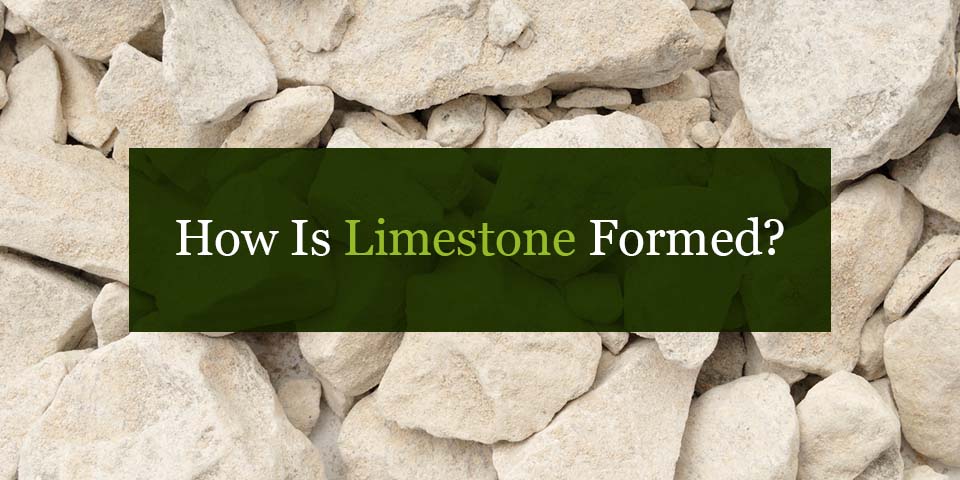How Is Limestone Formed?
Limestone is a popular material used in several industries, from creating the cement and asphalt used to pave roads to spreading over fields to promote plant growth.
What Is Limestone and How Does Limestone Form?
Limestone is a sedimentary rock, forming as small particles accumulate on a surface and cement into a solid mass over time. This rock is made from calcium carbonate (CaCO3). You can identify limestone by particular physical characteristics, like the granular texture it forms from pieces of animal shells in the rock. Limestone typically has a gray or white appearance, but it can also look yellow or brown.
How Is Limestone Rock Formed?
Limestone most commonly forms through decomposing sea creatures. Certain marine organisms form protective shells made of calcium carbonate around themselves during their lifetime. After they die, they sink to the ocean floor and collect in piles. As they decay, the calcium carbonate cements together over time, creating a solid limestone mass with nearby carbonate rocks, coral and other materials.
You might see white, rough deposits as natural events pluck limestone particles from a body of water and create a new layer on nearby surfaces. As carbon dioxide leaves the water through natural processes, the resulting precipitation can create a limestone deposit on land.
Where Does Limestone Form?
Since limestone most frequently comes from particles in water, Limestone deposits often form in or near a water supply. Coral reefs often have a limestone base with living creatures that depend on the limestone creating a layer over the rock. In certain areas, you might also find limestone formations around lakes and on dry land.
Limestone is also common in caves. Water with limestone drips from cave ceilings, leaving behind deposits known as stalactites and stalagmites. Limestone also forms deposits in and around springs in spires known as tufas or travertine terraces.
Types of Limestone
Limestone is a broad category comprising many materials that primarily have calcium carbonate as their base. Its varieties include chalk, travertine, tufa, caliche, sparite and micrite. Limestone can also transform into hard, smooth marble as heat and pressure under the earth’s surface metamorphose the deposit.
Fix Your Acidic Soil With Limestone
Understanding how limestone forms and the materials it comprises can help you use it more successfully. Limestone is commonly transformed into agricultural products used to balance soil pH for better plant growth and production. If you need pelletized lime for your farm or garden, contact a local dealer to get a quote from Baker Lime today.









